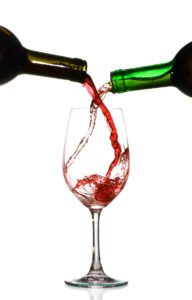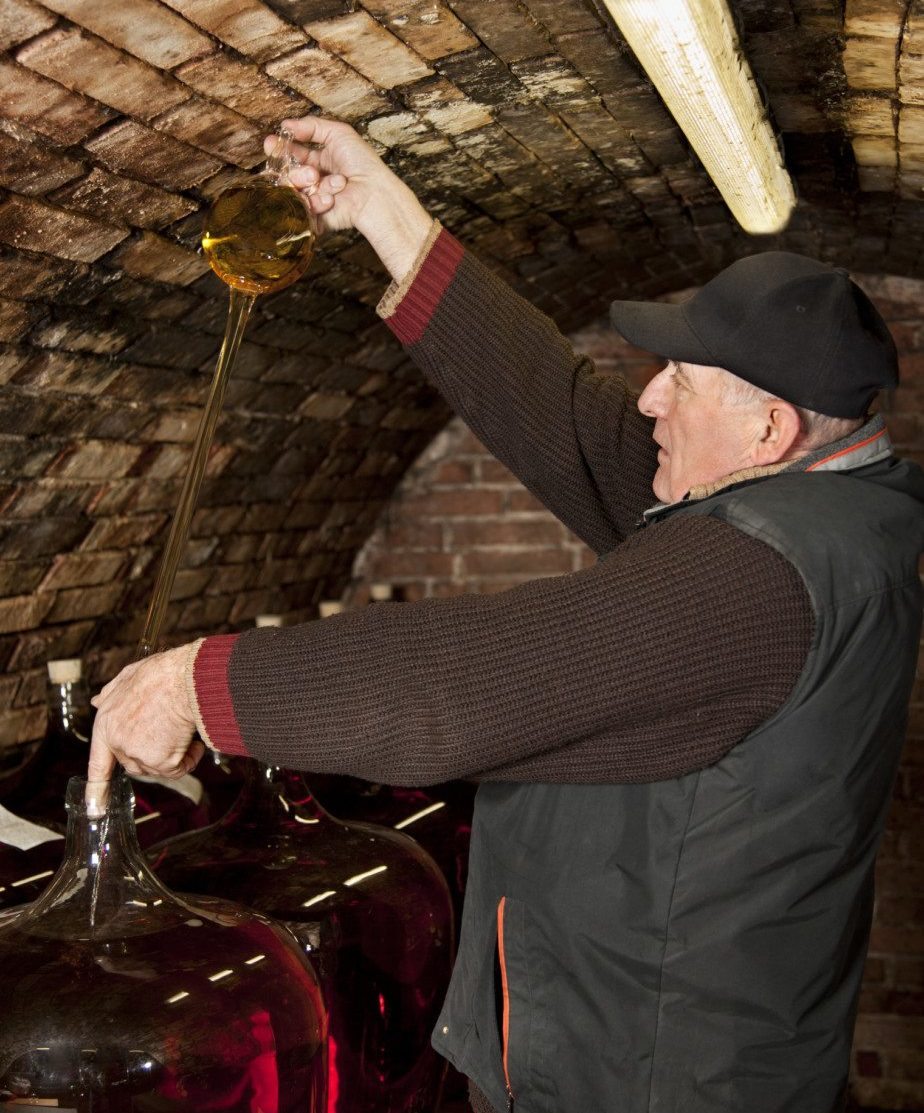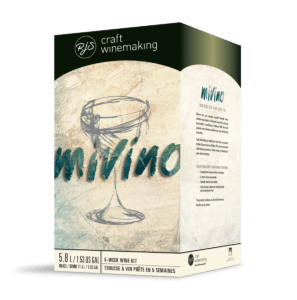Craft & Cork >> Winemaking

The art of wine blending
If you are an experienced winemaker or new to the wonderful world of winemaking and have thought about wine blending, this blog is for you. Wine blending is one of the best tools that a winemaker can use to add length, complexity, texture and depth of flavour to any wine. Wine blending encompasses the balance between acidity, sugar, tannin, alcohol and various other attributes of a wine which contribute to its taste and aroma.
 Blending the juice or grapes from 2 or more varietals prior to fermentation is the easiest way to produce a blend. This method of blending allows the characteristics from each variety to seamlessly meld together during the winemaking process.
Blending the juice or grapes from 2 or more varietals prior to fermentation is the easiest way to produce a blend. This method of blending allows the characteristics from each variety to seamlessly meld together during the winemaking process.
A more advanced method of blending can be achieved by blending wines together just prior to bottling. This method allows you to pre blend the wine in small volumes, usually 250mL – 500mL with varying percentages of each component in each wine blend. You can then taste through the different versions, selecting the blend that has the characteristics you are looking for. Below, we will walk you through the step by step process of assembling an example of what could be your own custom Mivino blend.
Equipment
- 3 – Measuring cups (Minimum size 250mL/1 cup)
- Wine Thief
- 2 – 11.5L (3.0 US GAL) carboys
- 2 – Primary Fermenters (Minimum size – 15L / 4.0 US GAL)
- 1 – Mivino California Cabernet Sauvignon
- 1 – Mivino Chile Merlot
Step 1 (Primary Fermentation)
Ferment each Mivino kit (11.5L/3 US GAL) separately in its own primary fermenter. Use a primary fermenter with a minimum volume of 15L/4 US GAL.
 Step 2 (Clearing/Stabilization)
Step 2 (Clearing/Stabilization)
Once target specific gravity of 0.998 or lower is achieved, rack each wine into its own 11.5L/3 US GAL carboy and proceed with degassing, clearing and stabilizing. Allow wine to clear for a minimum of 14 days.
Step 3 (Racking/Filtration)
Rack each carboy into their own separate 11.5L/3 US GAL carboy. If you are filtering your wine, go ahead and do so now. If you are not filtering your wine, move onto step 4.
Step 4 (Blending Bench Trial)
Once you have racked or filtered your wine into each carboy you will now determine which blend is most ideal for your palate by performing a bench trial.
In measuring cup 1, measure ⅔cup of Cabernet Sauvignon and ⅓ cup of Merlot using your wine thief. (60% Cabernet Sauvignon/40% Merlot)
In measuring cup 2, measure ½ cup of Cabernet Sauvignon and ½ cup of Merlot. (50% Cabernet Sauvignon/50% Merlot)
In measuring cup 3, measure ⅓ cup of Cabernet Sauvignon and ⅔ cup of Merlot. (40% Cabernet Sauvignon/60% Merlot)
Step 5 (Bottling)
 Now for the best part! Taste through these 3 blends and determine which blend suits your palate the best. Once you have picked your favorite blend you are now ready to assemble your Mivino blend by transferring the correct volume from each carboy into your primary fermenter for bottling. The remainder of the wine not used in the blend can be bottled separately which will give you 2 or 3 different Mivino wines to enjoy!
Now for the best part! Taste through these 3 blends and determine which blend suits your palate the best. Once you have picked your favorite blend you are now ready to assemble your Mivino blend by transferring the correct volume from each carboy into your primary fermenter for bottling. The remainder of the wine not used in the blend can be bottled separately which will give you 2 or 3 different Mivino wines to enjoy!
Happy Blending!


I have been making wine for 7 years, I wanted to blend wines together but did not know the ratio of each wine to use. at some winerys, the have blends of 2 or 3 different wines. I find them excellent to drink. If I have half bottle left when bottling, I will mix them. I like the 11.5 liter kits. will see if my store can get these. thank you bob evans